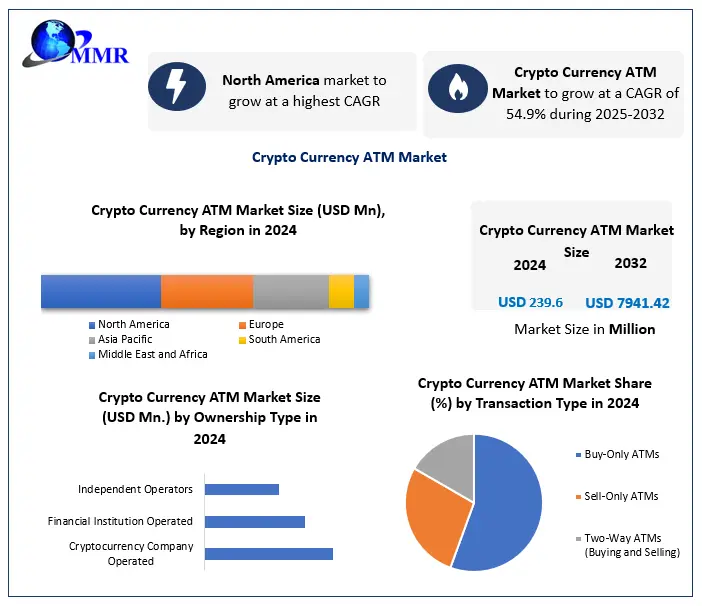Elevate Your Digital Presence
Explore tips and strategies to enhance your online engagement.
Breaking Down Virtual Currency Trends: A Bitcoins and Laughs Adventure
Dive into the wild world of virtual currency! Discover Bitcoin trends and enjoy a hilarious twist in our entertaining adventure. Don't miss out!
Understanding Bitcoin: The Basics of Virtual Currency
Bitcoin is a decentralized digital currency that was introduced in 2009 by an anonymous figure or group known as Satoshi Nakamoto. Unlike traditional currencies issued by governments, Bitcoin operates on a technology called blockchain, which is a distributed ledger that records all transactions across a network of computers. This means that no single entity can control or manipulate the Bitcoin network, making it a revolutionary form of currency that promotes transparency and security. To acquire Bitcoin, users can purchase it through exchanges, receive it as payment for goods and services, or mine it using specialized hardware.
Understanding how Bitcoin works involves grasping a few key concepts:
- Blockchain: The backbone of Bitcoin, where all transactions are permanently recorded in a secure manner.
- Mining: The process through which new Bitcoins are created and transactions are verified, requiring significant computational power and energy.
- Wallets: Digital tools that allow users to store, send, and receive Bitcoin, ranging from software applications to hardware devices.

Counter-Strike is a highly popular first-person shooter video game series that emphasizes teamwork, strategy, and skill. Players can engage in various game modes, including bomb defusal and hostage rescue. For those looking to enhance their gaming experience, using a csgoroll promo code can provide great advantages in the game.
Top 5 Trends Shaping the Future of Cryptocurrency
As we step into a new era of digital finance, cryptocurrency is rapidly evolving, with several emerging trends set to shape its future. One significant trend is the rise of decentralized finance (DeFi), which advocates for a financial ecosystem free from traditional intermediaries. This innovative movement is revolutionizing lending, borrowing, and trading by leveraging blockchain technology, providing users with greater control over their assets. Furthermore, we're witnessing an increase in the adoption of central bank digital currencies (CBDCs), as governments explore ways to harness the benefits of digital currencies while maintaining regulatory oversight.
Another notable trend is the growing intersection of cryptocurrency and sustainability. As awareness of environmental issues rises, many projects are now focusing on eco-friendly mining practices and alternative consensus mechanisms, such as proof of stake. Additionally, the integration of non-fungible tokens (NFTs) into various industries, from gaming to art, is transforming how we perceive ownership and value in the digital realm. Lastly, regulatory frameworks are becoming more defined, creating a safer environment for investors and encouraging mainstream adoption—these shifts position cryptocurrency at the forefront of technological innovation.
How to Spot a Bitcoin Bubble: Myths vs. Reality
Bitcoin bubbles can often seem elusive, fueled by rampant speculation and emotional trading. One common myth is that a rapid price increase alone signifies a bubble. However, it’s essential to consider other factors like market sentiment and overall adoption of the technology. Reality check: while significant spikes in price can indicate a bubble, they can also reflect genuine growth in interest and utility. Analyzing data trends, such as transaction volume and unique wallet addresses, can provide deeper insights into whether the price surge is sustainable or merely speculative.
Another prevalent myth is the idea that once a bubble bursts, the asset is permanently damaged. Many investors recall the infamous Bitcoin bubble of 2017, where prices skyrocketed before crashing. However, the reality is that cryptocurrency markets have shown remarkable resilience. Historical trends indicate that after corrections, Bitcoin often rebounds stronger than before. To effectively spot a bubble, monitor for excessive hype, irrational exuberance, and a lack of foundational support for current valuations; these are strong indicators that a potential correction is on the horizon.